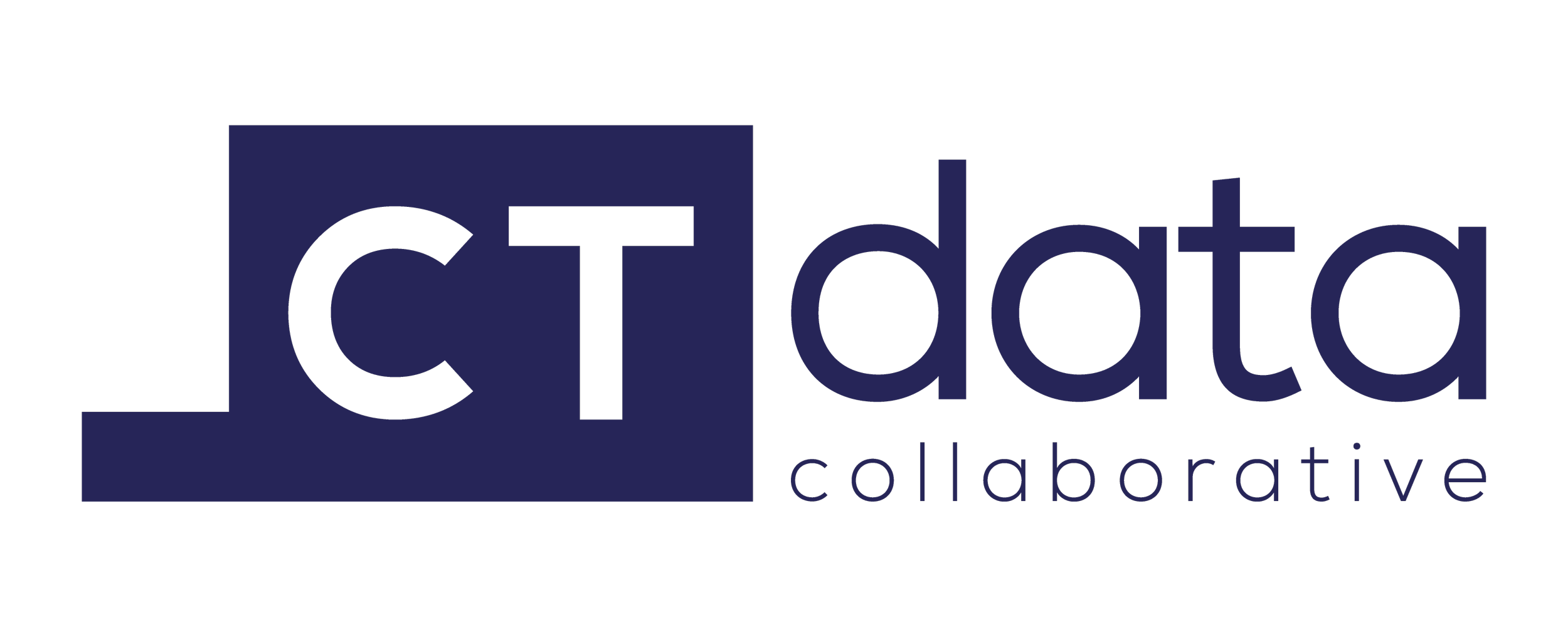Connecticut Business Trends: Explore Our New Dashboard and Analysis on Business Formation Trends From 2010 to 2025!
The Connecticut Secretary of the State’s Office (CT SOTS) maintains a database on the Connecticut State Data Portal that includes information on business formations and closures (which we refer to as starts and stops) as well as general business information. We linked the master business dataset, which includes business address, industry classifications, and more, with the business filing history dataset, which records business actions such as start and stop dates.
Using the linked dataset, we developed the Connecticut Business Activity Explorer, which provides data from 2010 to 2025 at the state, planning region, and town levels, with breakdowns by industry.
This analysis draws on the data shown in the dashboard, focusing on trends over time on the planning region level. Planning regions in Connecticut are county-equivalent areas that align with the state’s nine Councils of Governments (COGs). They are now used by the U.S. Census Bureau for data reporting, starting with the 2022 American Community Survey. Learn more about planning regions in this blog post.
CT SOTS relies on businesses to self-report their activity. When a business starts, there is a strong incentive to register with CT SOTS to legally operate in the state. However, when a business stops, there is little incentive to notify CT SOTS. As a result, many businesses simply stop operating and cease filing their annual report without formally reporting closure. In such cases, CT SOTS will administratively forfeit the business, which is referred to as an administrative dissolution on the dashboard. More information about business dissolutions can be found on the dashboard.
Due to complexities in the process, CT SOTS cannot reliably determine the actual stop dates for businesses they administratively forfeit, and these dissolutions are not included in our net business calculation on the dashboard nor this analysis.
Annual Net Businesses in Connecticut Have Tripled from 2010 to 2024
The number of net businesses has grown consistently from 2010 to 2024, with only minor declines along the way.
In 2010, there were 13,847 net business formations, rising to 44,146 by 2024.
Although business stops have generally increased since 2020, the rise in business starts has been even greater, leading to an overall increase in net business growth in recent years.
Explore start and stop data by year to the right.
Over One in Four Net Businesses in 2024 Were Formed in the Capitol Planning Region
We geocoded 88% of business starts and stops for 2024 using self-reported town names. For businesses that did not report a valid town name, we geocoded self-reported zip codes using our own zip code to town crosswalk.
Of the 38,899 businesses we geocoded, more than one in four (27%) were located in the Capitol Planning Region, followed by 22% in the Western Planning Region. The Northwest Hills and Northeastern CT Planning Regions each accounted for just 2% of net businesses formed in 2024. On the town level, the highest number of net businesses were in Bridgeport (5.6%), Stamford (5.2%), and Hartford (4.2%).
Explore data by planning region and town below.
From 2010 to 2024, Capitol Planning Region’s Rising Share of Total Net Business Formations Mirrors Western Planning Region’s Decline
In 2010, the Western Planning Region accounted for the largest share of net business formations at 28%, followed by the Capitol Planning Region at 22%. Between 2010 and 2024, both regions experienced growth in net business formations, but the Capitol Planning Region grew at a faster rate. By 2024, it led the state with 27% of net business formations, while the Western Planning Region’s share declined to 22%. All other planning regions remained stable in this time period.
Explore data for all planning regions below.
As noted above, both the Western and Capitol Planning Regions experienced growth from 2010 to 2024, but the Capitol Planning Region saw a larger increase in net business formations—up by 7,875—compared to an increase of 5,216 in the Western Region. Some other planning regions, like the Northeastern CT Planning Region, also experienced significant percentage growth (a 348% increase, from 180 to 807 net businesses), but their overall share of total net business formations remained relatively unchanged, as shown above.
Explore data for all planning regions below.
From Real Estate to Retail: Industry Shifts in Connecticut’s New Businesses
As part of the CT SOTS business registration process, businesses can provide their industry classification (NAICS code). In 2010, only 44% of businesses reported their NAICS code, compared to 78% in 2024. For both this blog post and the dashboard, businesses without a NAICS code are excluded from industry-level analyses.
Among businesses with industry data, we observed shifts across planning regions between 2010 and 2024. In the Capitol Planning Region, the share of net businesses in Retail Trade increased by 4 percentage points, from 6% to 10%, while Real Estate, Rental, and Leasing decreased by 7 percentage points, from 23% to 16%. In the Western Planning Region, Construction increased by 7 percentage points, while Finance and Insurance decreased by 8 percentage points.
It is important to note that many landlords register each of their rental properties as a separate business with CT SOTS. These filings are not traditional businesses and may inflate counts in the Real Estate, Rental, and Leasing category.
Explore industry-level data below.
For More Information
Check out our other Tableau dashboards covering Connecticut-level data on housing, demographics, and more!
If you are interested to learn more about CTData, check out what we do and the services we provide. For training and tips on how to use data to inform your personal and professional life, register for one of our CTData Academy workshops or browse our blog. You can keep up with us by subscribing to the CTData newsletter and following us on Instagram, Facebook, and LinkedIn.
